Allium Post Bloom Care: Caring For Allium Bulbs Once Flowering Is Over
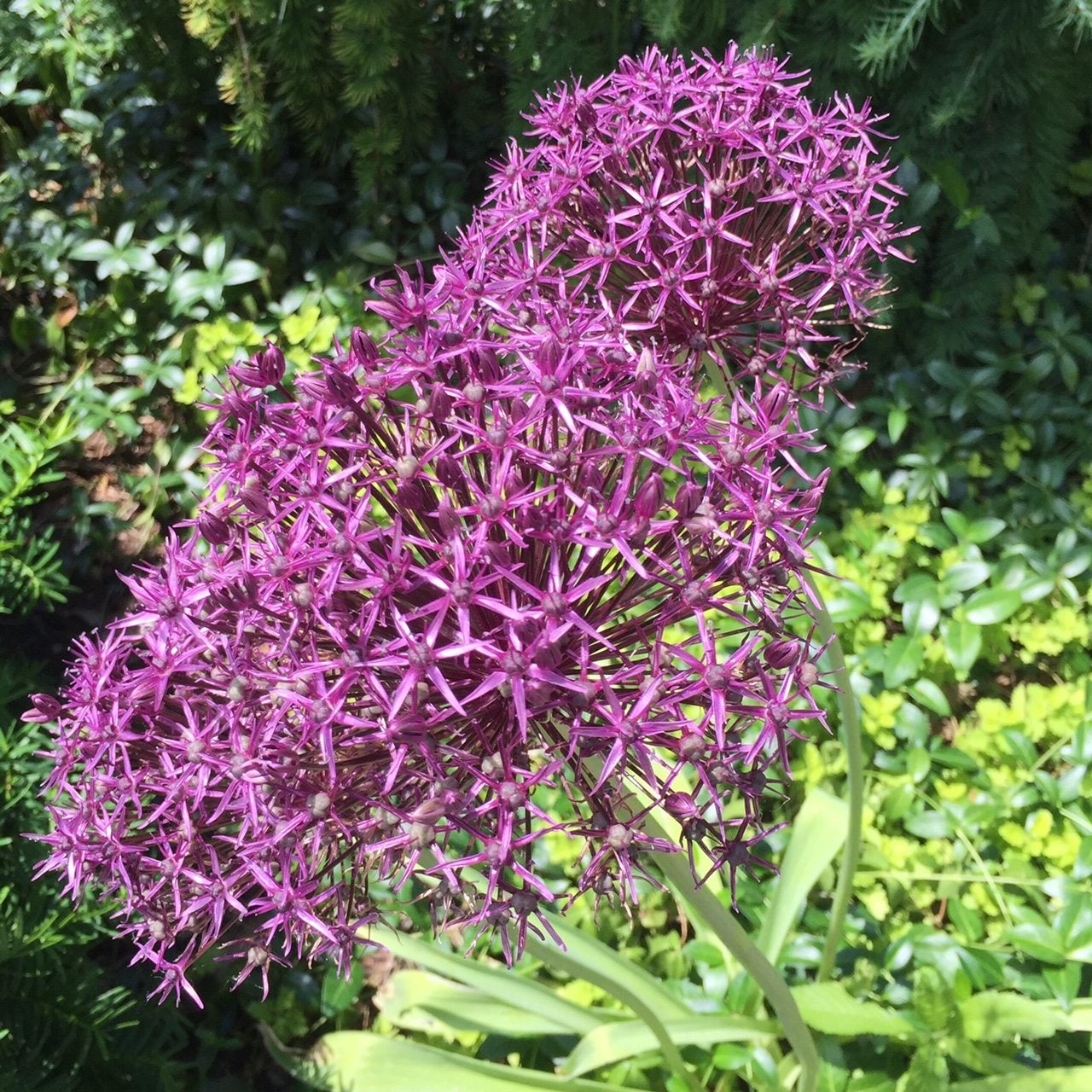

Allium, also known as flowering onion, is a spectacular and unusual looking flowering bulb that will add interest to any garden. As the name suggests, allium plants are members of the Allium family, which includes such plants as garlic, onions, leeks, and chives. All of these plants produce similar round, pom-pom shaped flower heads, though alliums are the only ones usually exclusively grown for their flowers. But what do you do with your allium once it’s finished flowering? Keep reading to learn more about how to care for alliums after blooming.
Caring for Allium Bulbs
Allium plants produce big, round, softball-sized flowers in shades of purple. They last best in sunny but sheltered spots where the wind is less likely to blow the flowers apart. In these conditions, they bloom in early summer and tend to last for about three weeks. Once the flowers have faded, you can deadhead the blooms. Leave the foliage in place, though, as the leaves need time to fade naturally to gather energy into the bulbs for next season’s growth. The leaves may look a little straggly, so it’s a good idea to plant alliums in a bed with later blooming flowers that can hide and distract from them.
How to Care for Alliums after Blooming
Allium post bloom care is very easy. Simply keep the plants moderately watered until they fade to yellow and begin to shrivel. At this point, you can cut the plants down to the ground, leaving them where they are or dividing them. Allium bulbs should be divided every three or four years. To do this, simply dig around the plant with a trowel and lift the bulbs out. There should be a collection of bulbs, which you can separate gently with your hands. Replant a few in the same spot, and plant the others right away in new locations. Caring for allium bulbs that you don’t want to divide is even easier. Simply cut back the foliage when it fades, and in the fall, cover the soil with 2 to 3 inches (5-7.5 cm.) of mulch. Remove the mulch in the spring to make way for new growth.
Gardening tips, videos, info and more delivered right to your inbox!
Sign up for the Gardening Know How newsletter today and receive a free copy of our e-book "How to Grow Delicious Tomatoes".

The only child of a horticulturist and an English teacher, Liz Baessler was destined to become a gardening editor. She has been with Gardening Know how since 2015, and a Senior Editor since 2020. She holds a BA in English from Brandeis University and an MA in English from the University of Geneva, Switzerland. After years of gardening in containers and community garden plots, she finally has a backyard of her own, which she is systematically filling with vegetables and flowers.
-
 Try The Trend – Turn Any Bed Into A Keyhole Garden With This Clever In-Ground Composter
Try The Trend – Turn Any Bed Into A Keyhole Garden With This Clever In-Ground ComposterKeyhole gardening is an efficient and sustainable practice that saves space. Get started on this DIY project quickly and easily with an in-ground composter.
By Bonnie L. Grant
-
 4 Superfast Composting Methods: Turn Waste Into Garden Gold In 30 Days Or Less
4 Superfast Composting Methods: Turn Waste Into Garden Gold In 30 Days Or LessTry the fastest composting methods to turbocharge your pile and transform kitchen scraps and garden waste into finished compost in just a few weeks.
By Mary Ellen Ellis
-
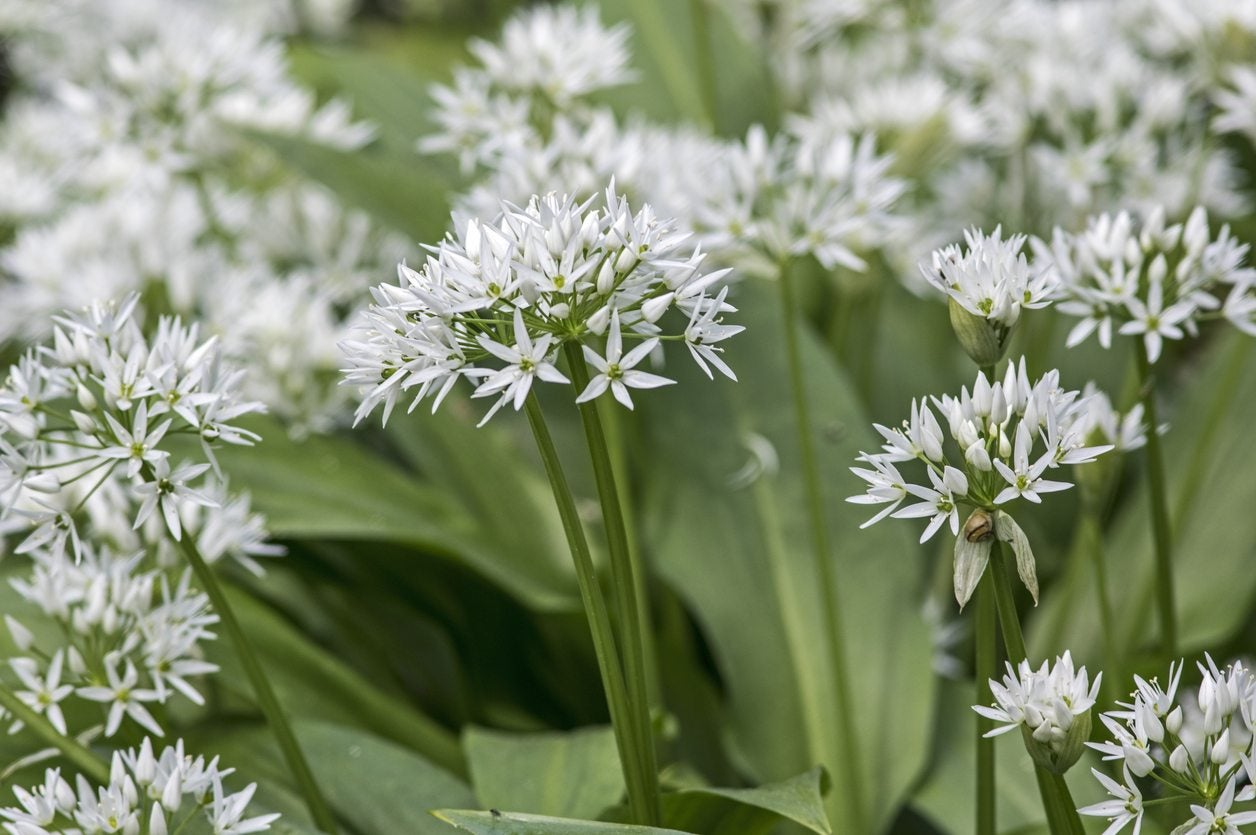 Controlling Allium Plants & How To Manage Flowering Onions
Controlling Allium Plants & How To Manage Flowering OnionsIf ornamental alliums are so practical and attractive, how could there be any problems with ornamental alliums in the garden? Not all allium varieties are well-behaved. Some become weeds that are nearly impossible to get rid of. Learn more in this article.
By Mary H. Dyer
-
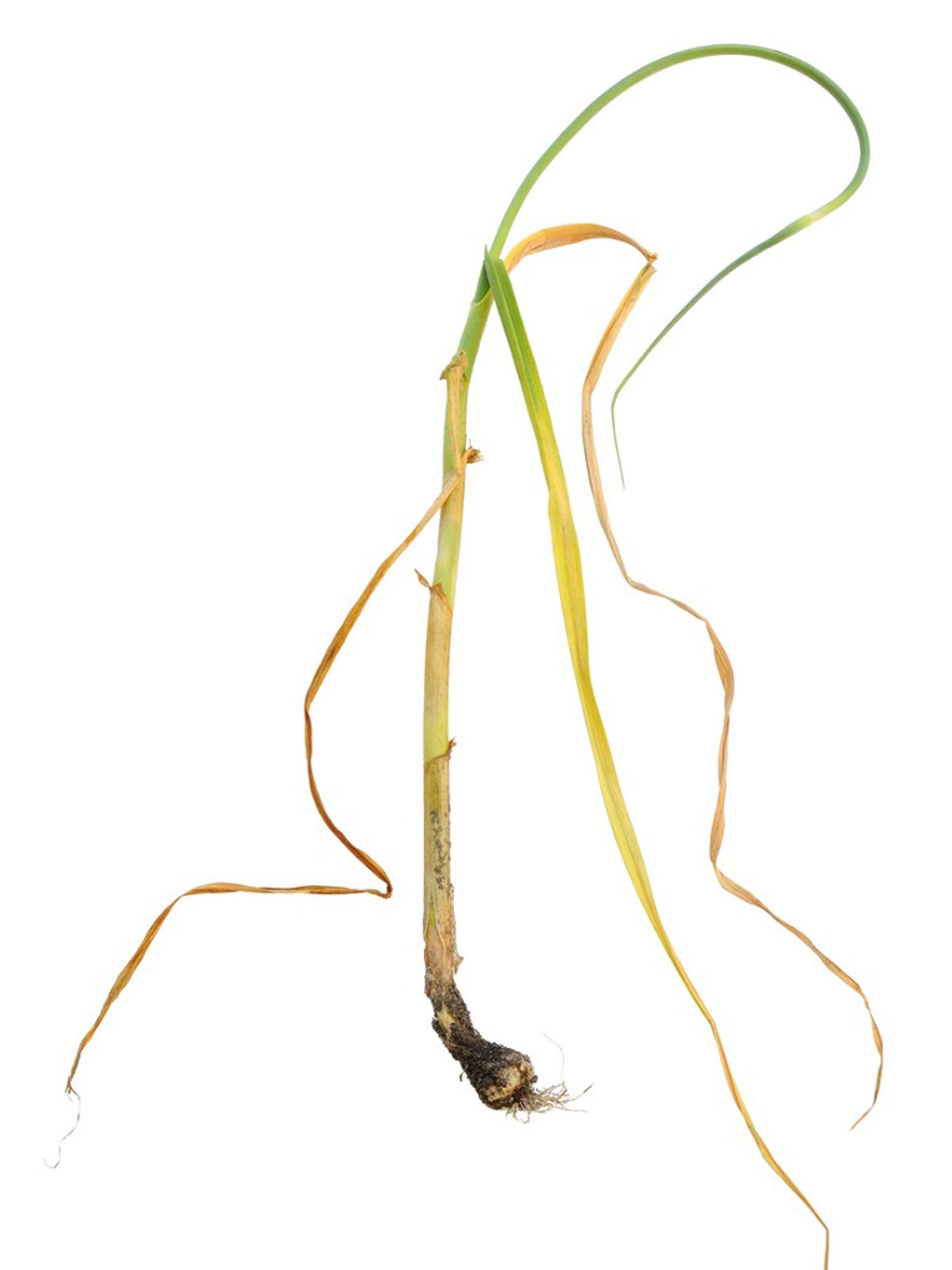 Sclerotium On Alliums – How To Manage Allium White Rot Symptoms
Sclerotium On Alliums – How To Manage Allium White Rot SymptomsAllium white rot should be monitored, as it can result in complete loss of allium plants. Learn more about what causes white rot and its control here.
By Tonya Barnett
-
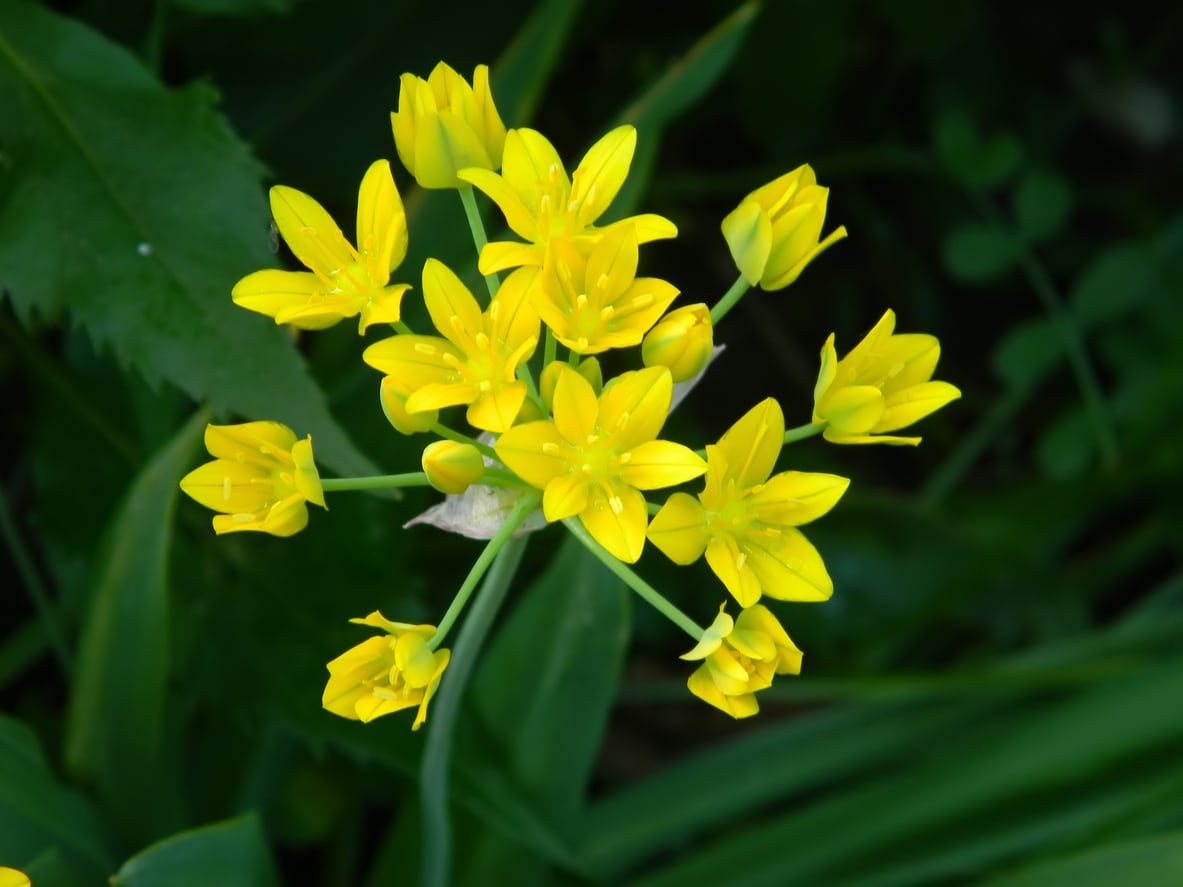 Allium Moly Care – Learn How To Grow Golden Garlic Alliums
Allium Moly Care – Learn How To Grow Golden Garlic AlliumsGolden garlic, also called moly garlic, is an allium bulb plant that offers bright, long-lasting yellow flowers on tall stalks. For more allium moly information, plus tips on how to grow golden garlic, click on the following article.
By Teo Spengler
-
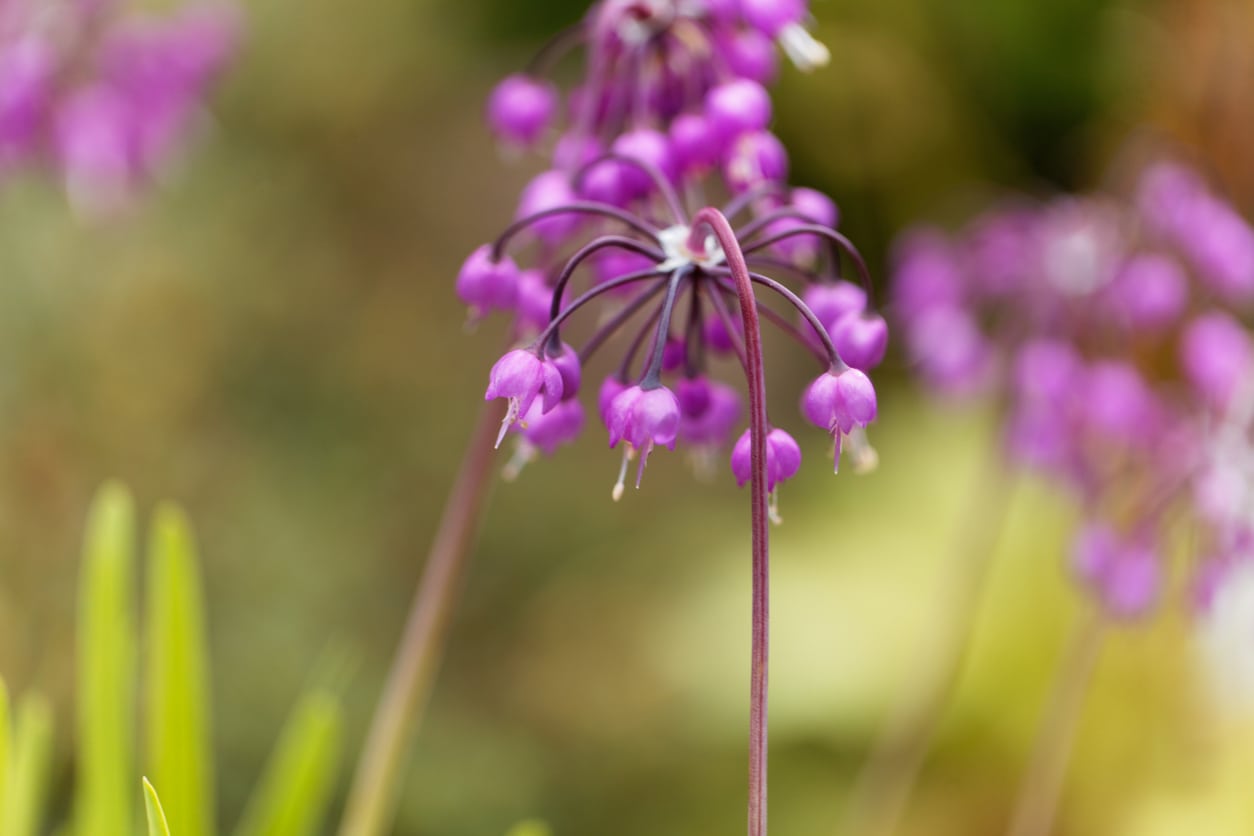 Nodding Pink Onions – How To Grow Nodding Onions In Your Garden
Nodding Pink Onions – How To Grow Nodding Onions In Your GardenIf you love wildflowers, try growing a nodding pink onion. What’s a nodding pink onion? Well, its descriptive name gives more than just a hint but you can click on this article to learn how to grow nodding onions and about nodding onion care.
By Amy Grant
-
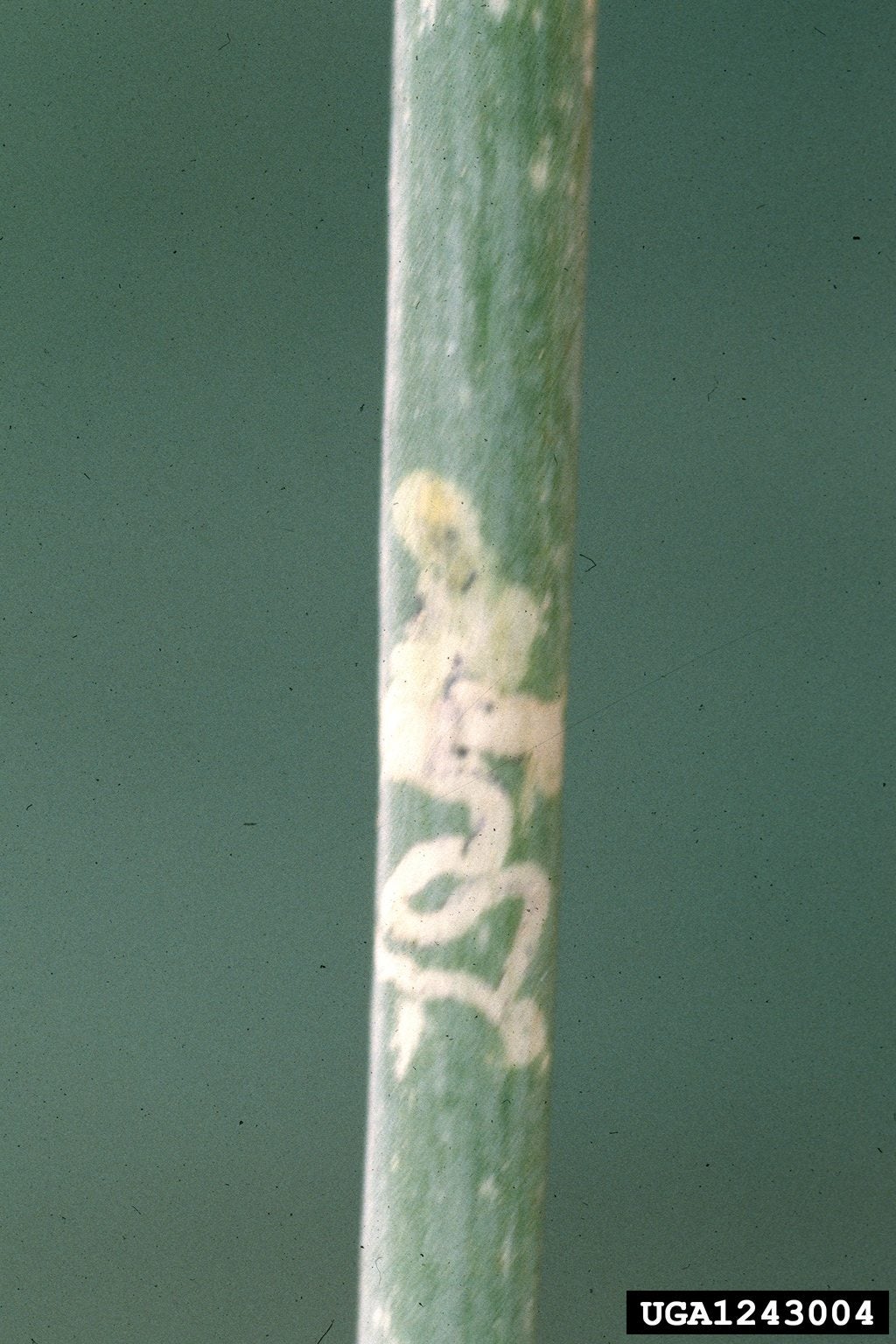 Allium Plant Pests: Learn About Allium Leaf Miner Control
Allium Plant Pests: Learn About Allium Leaf Miner ControlAllium leaf miners were first detected in the Western Hemisphere in December of 2016. Since then they've become a serious pest of onions and other alliums in Canada and the Eastern U.S. Find out about detecting and treating allium leaf miners in this article.
By Jackie Carroll
-
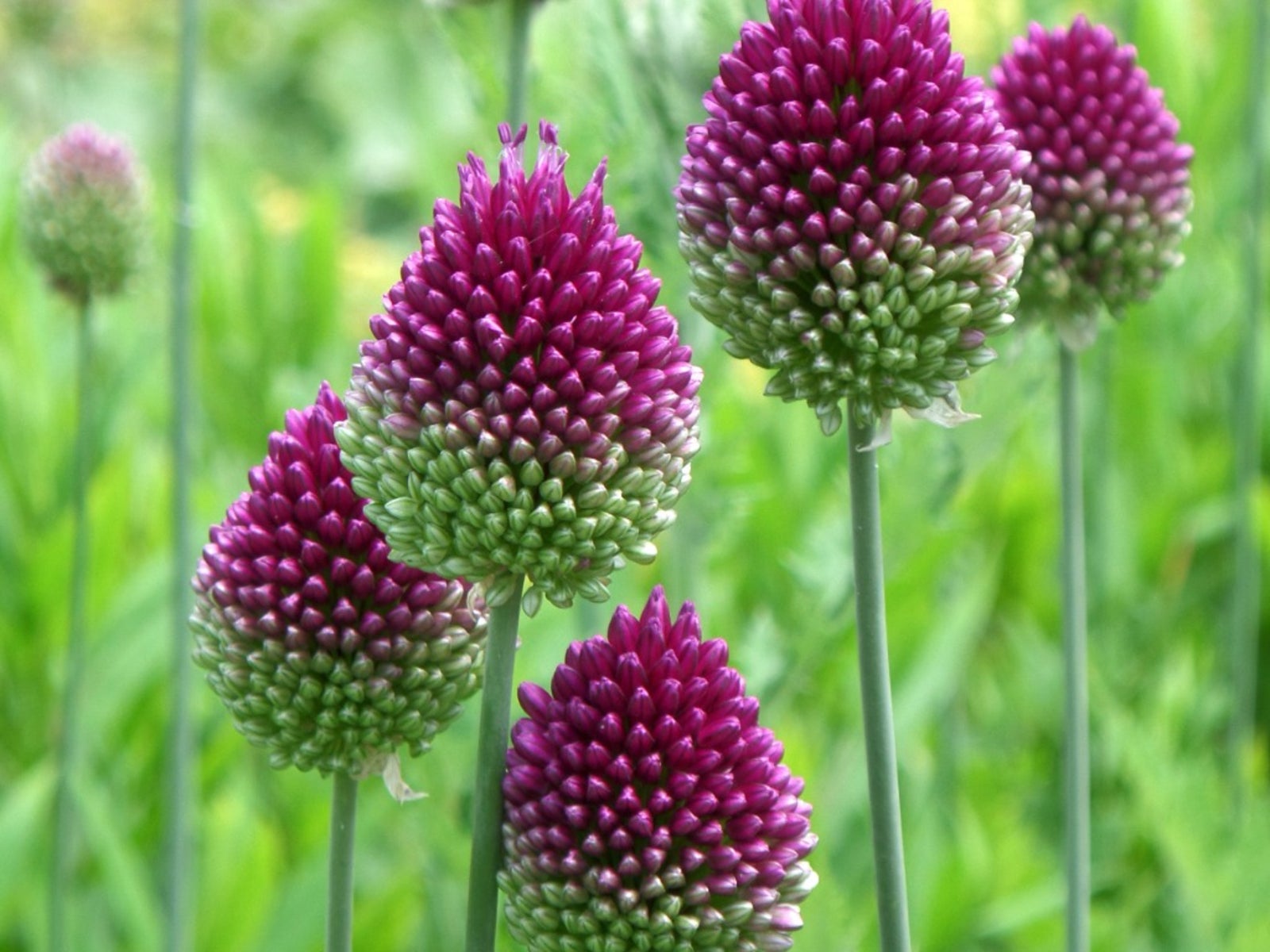 Drumstick Allium Flowers: Tips For Growing Drumstick Alliums
Drumstick Allium Flowers: Tips For Growing Drumstick AlliumsDrumstick allium is appreciated for the egg-shaped blooms that appear in early summer. Hollow, grayish-green foliage provides lovely contrast to the pink to rosy-purple drumstick allium flowers. Click here to learn more them.
By Mary H. Dyer
-
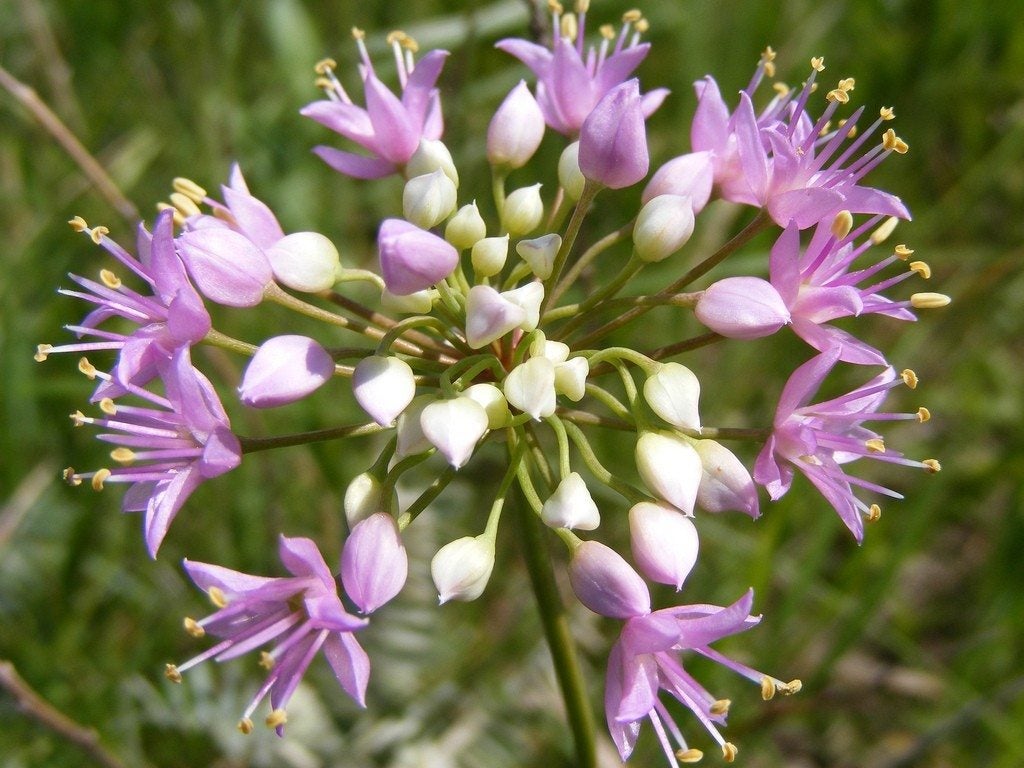 What Are Prairie Onions: Information On Allium Stellatum Wildflowers
What Are Prairie Onions: Information On Allium Stellatum WildflowersPrairie onions are a member of the Allium family. Wild prairie onions are edible and in the garden add a natural grace. Get some growing and care information for wild prairie onions in this article.
By Bonnie L. Grant
-
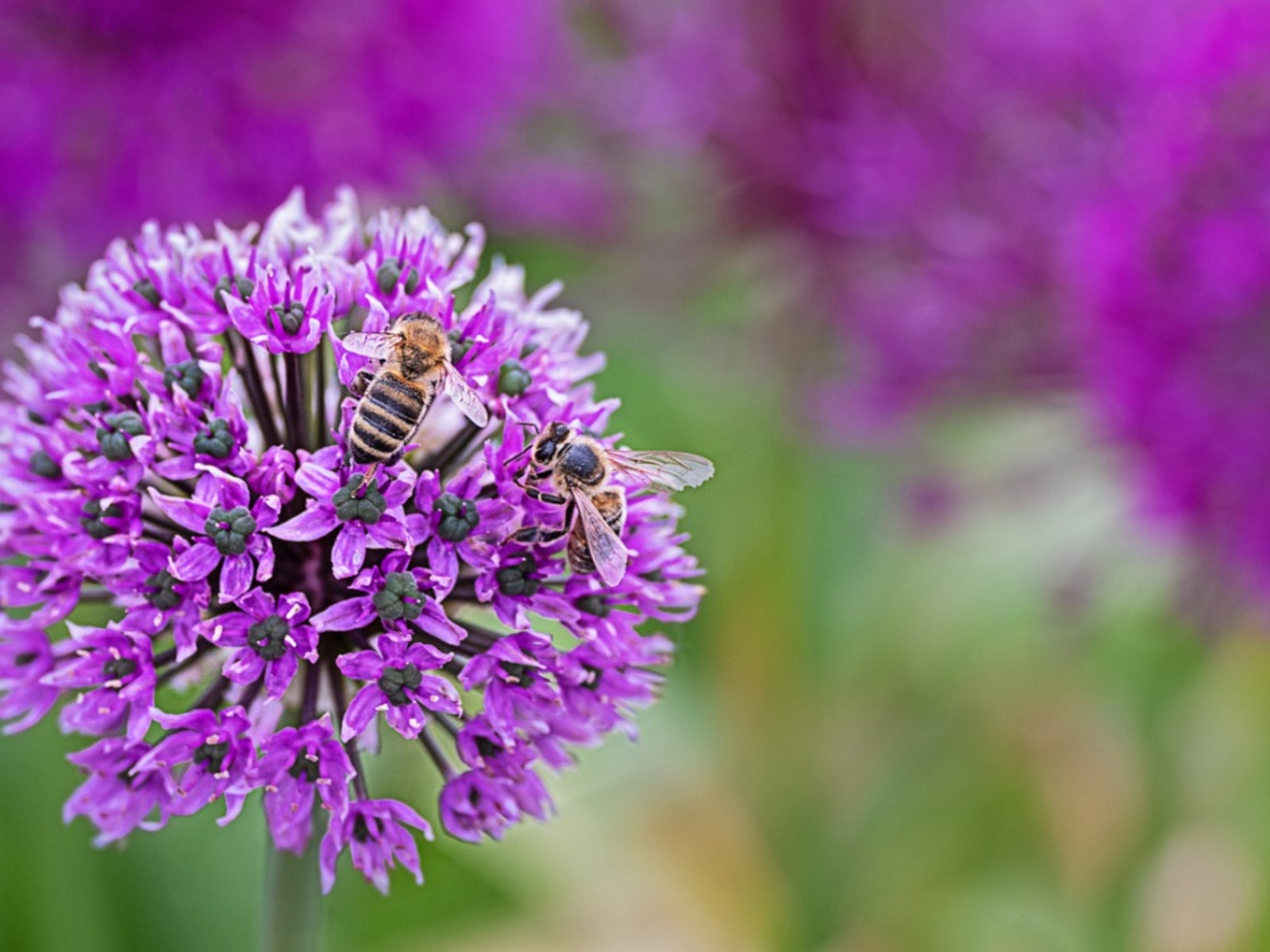 Allium Plant - How To Grow Alliums In Your Flower Garden
Allium Plant - How To Grow Alliums In Your Flower GardenAllium plant is related to the garden onion, but don't let this deter you from planting it. In fact, minimal allium care and a show of large blooms are just a couple of reasons to include them. Get more info here.
By Becca Badgett